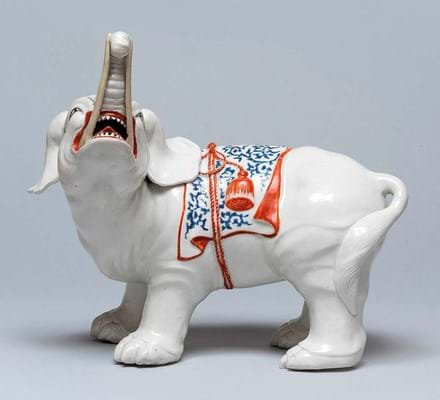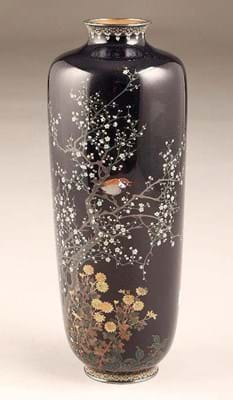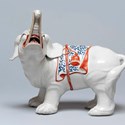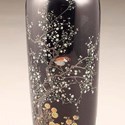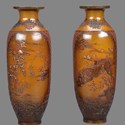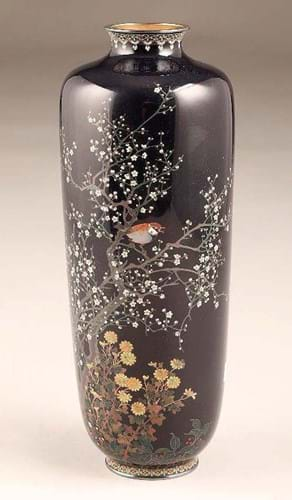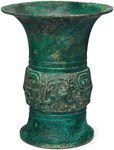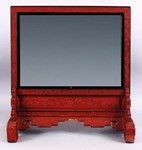A live elephant may have been seen in Japan as early as the first decade of the 15th century. There is mention of a ‘black elephant’ at the court of the emperor Go-Komatsu in 1408 and others that arrived as diplomatic gifts in the second half of the 16th century.
The kakeimon models made in Arita about a century later were first purchased by Europeans in the Restoration period – the pair at Burghley House proudly listed in a 1688 inventory. In the 18th century some were mounted in ormolu as chenets or mantel clocks.
This example, offered by Sotheby’s (25/20/13.9% plus 1% overhead premium) as part of its Japanese Art sale on November 3, was once in the collection of the Lords of Lovat at the Belladrum estate in Aberdeenshire. It came for sale here from an American collection and made close to its top estimate at £240,000.
Masters of Meiji metalwork
Although not catalogued as such, this cloisonné vase (below) bears all the characteristics of a piece by the workshop of master Hayashi Kodenji (1831-1915). His lozenge mark appears to the base. The 10in (25cm) vase, in excellent condition bar a minor surface scratch, was guided at £200-300 at Thomas Callan (20% buyer’s premium) in Ayr on November 7 where it sold for £3400.
Another fine example of Japanese metalwork from the Meiji period (1868- 1912) was the pair of large bronze vases (below) sold online for £17,000 at Dreweatts (25% buyer’s premium) in Newbury on November 12.
Standing 18in (40cm) high and decorated in the techniques of iro-e takazogan, kebori and katakiribori with plum, pine and prunus growing on the banks of a lake and panels of birds nesting in lanterns, these were signed to the base for the highly regarded maker Miyabe Atsuyoshi.
The estimate was £6000-8000.

